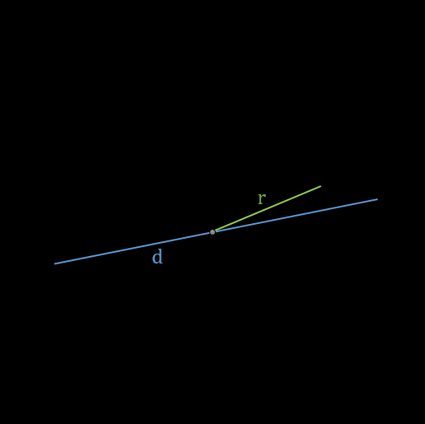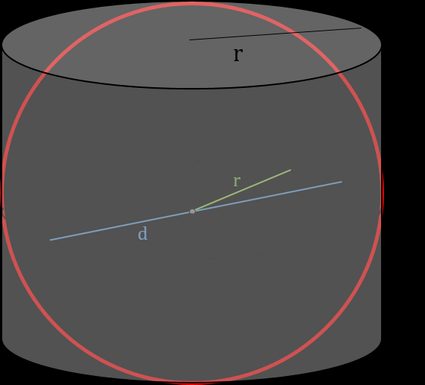Area of a Sphere Calculator
With our area of a sphere calculator, you can analyze every parameter of a sphere you want, but it is chiefly dedicated to its surface area. How to find the area of a sphere? If you only want to estimate its value, enter one of the chosen quantities into the right field. However, if you want to learn about the area of the sphere formulas, keep reading.
A sphere is a three-dimensional (3D) object, the contours and plane sections of which are circles. In other words, all of the points on the sphere are at the same distance from a fixed point (center). This area of a sphere calculator uses many quantities, and the notation is as follows:

- r - radius of a sphere;
- d - diameter of a sphere;
- V - volume of a sphere;
- A - area of a sphere; and
- A / V - surface-to-volume ratio of a sphere.
A sphere is a special object that has the lowest surface-to-volume ratio among all other closed surfaces with a given volume. It is just like a circle that encloses the largest area with a given perimeter compared to the other flat figures. If you want more general information about spheres, head to the sphere calc!
We can divide any sphere into two equal parts, which are called hemispheres. Equations that describe hemispheres are very similar to those we have presented below for a full sphere. Are you curious what are properties of the hemispheres? Check out our area of a hemisphere calculator to learn more about that kind of object!
How to find the area of a sphere?
The first person who answered the question of how to find the area of a sphere was the ancient Greek - Archimedes. He discovered that the orthogonal projection from the lateral area of a cylinder onto the sphere keeps its area. Looking at the picture below, you can see that both objects have the same radius r, and the height of a cylinder equals the diameter of a sphere d. Therefore, using the lateral surface area of a cylinder formula, we obtain the following:

A = 2 × π × r × h;
A = 2 × π × r × d, and since d = 2 × r:
A = 2 × π × r × 2 × r; and
A = 4 × π × r²,
which is a well-known area of a sphere formula. If you want to see similar considerations for the radius, visit the radius of a sphere calculator.
What is the area of a sphere formula?
The above-presented area of a sphere formula is written in terms of radius. However, how to find the area of a sphere when we don't have the radius r but a different quantity that describes that sphere? First, let us remind you of the equations for those possible quantities:
- Diameter of a sphere:
d = 2 × r; - Volume of a sphere:
V = 4/3 × π × r³; and - Surface to volume ratio of a sphere:
A / V = 3 / r.
Now we can try to derive various surface areas of sphere formulas. In this area of a sphere calculator, we use four equations:
- Given radius:
A = 4 × π × r²; - Given diameter:
A = π × d²; - Given volume:
A = ³√(36 × π × V²); and - Given surface to volume ratio:
A = 36 × π / (A/V)².
Our area of a sphere calculator allows you to calculate the area in many different units, including SI and imperial units. Also, if you want to learn how to estimate the surface areas of other figures, check out our surface area calculator, which is a more general tool.
